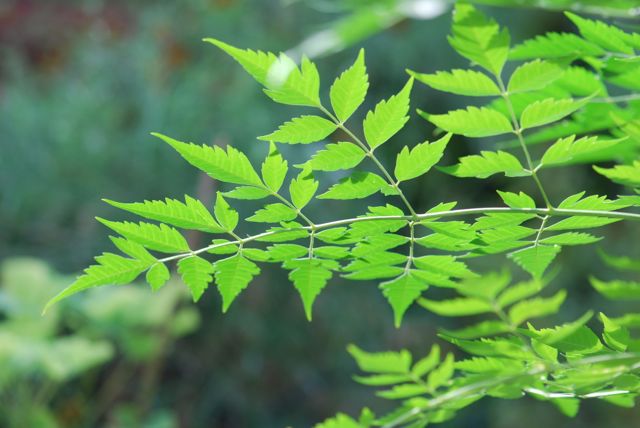Research reveals bittersweet truth of how bee-friendly limonoids are made
Limonoids are a class of natural plant products whose complex chemistry has been the subject of intensive research for more than 50 years.

The best-known limonoid, azadirachtin, is known for its anti-bee action while having a strong anti-insect effect; others are known to contribute to the bitterness of citrus fruits, while other examples, such as nimbolide, are being studied for potential anti-cancer pharmaceutical uses.
Yet, despite this extensive research, how plants begin to make these useful chemicals has remained a mystery - until now.
Researchers at the John Innes Centre and Stanford University have discovered new genes that code for this valuable chemistry.
The team used the resources of genome extraction to identify three new enzymes that can produce the precursor of the melanol silonoid and therefore represent the initial steps in the biosynthesis of silonoids.
Due to the complex chemical structure of limonoids, it is difficult to chemically synthesize these natural products. Therefore, their use is currently limited to what can be extracted from plant material.
Understanding how melanol is manufactured opens the door to the metabolic engineering of limonoids in which newly discovered genes can be expressed in plants or microbial hosts. This is a step towards the large-scale production of limonoid pharmaceuticals and the possible development of insect-resistant crops.
"If this engineering could be done, then crops could be developed with inherent insect resistance, which could reduce dependence on chemical application for crop protection. In addition, more useful limonoids could be made available to the pharmaceutical industries, which could accelerate research on potential medicinal uses of limonoids," explains Hannah Hodgson, lead author.
"Our next step is to find and characterize the remaining enzymes needed to convert melanol to limonoids. It will be a challenge, but we believe that identifying the enzymes needed to produce melanol is a good starting point," she adds.
Limonoids are made by plants belonging to the families of mahogany (Meliaceae) and citrus fruits (Rutaceae).
Here, the John Innes Centre team characterized the enzymes of Melia azedarach, a tropical tree of the Meliaceae family. Collaborators at Stanford University have found and tested similar genes of Citrus sinensis (Sweet Orange) which belongs to another plant family (Rutaceae). The three genes discovered by the Stanford team also produce melanol, suggesting that the beginning of limonoid biosynthesis is shared between these two distinct plant families.


